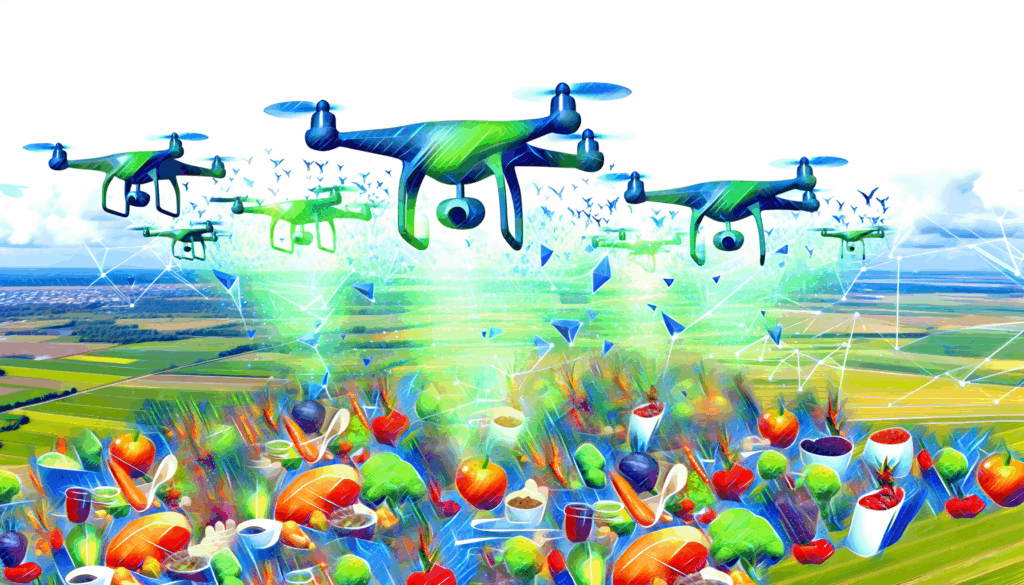Understanding the Challenges of High-Altitude Training
For athletes and adventurers venturing into high-altitude environments, the importance of proper nutrition and calorie tracking cannot be overstated. High-altitude training presents a unique set of challenges that can significantly impact an athlete’s performance, health, and overall adaptation to the environment.
The Impact of Altitude on Metabolism
At higher elevations, the body undergoes several physiological changes that affect metabolism. One of the key changes is an increase in basal metabolic rate (BMR) due to the body’s adaptation to the hypoxic environment. Research by Dünnwald et al. (2019) indicates that this increase in BMR is driven by increased sympathetic activity and hypoxia, which can lead to higher calorie expenditure.
Additionally, the harsh environmental conditions at high altitudes, such as cold, wind, rain, and snow, can further increase energy expenditure through involuntary shivering. This heightened energy demand necessitates careful planning of calorie intake to prevent weight loss and maintain optimal energy availability.
Appetite Suppression and Nutrition Strategies
One of the most significant challenges at high altitude is the suppression of appetite. Studies have shown that exposure to high altitude can lead to a decrease in appetite-stimulating hormones such as ghrelin, peptide YY, glucagon-like peptide-1, and leptin.
To counteract this, athletes should focus on consuming calorie-dense foods that are easy to eat and digest. Strategies include eating small, frequent meals and snacks, and relying on foods like homemade granola, energy bites, smoothies, and protein shakes. Sandwiches with extra peanut butter and other high-calorie snacks are also effective ways to ensure adequate calorie intake.
Hydration and Fluid Management
Hydration is crucial at high altitudes due to the lower air humidity and increased fluid losses. Athletes should aim to consume at least 3-5 liters of hydrating beverages per day, which can include fruit juices, smoothies, protein drinks, milk, and sports hydration beverages with electrolytes. Monitoring urine characteristics and daily body mass changes can help in assessing hydration status and energy availability.
Macronutrient Balance and Performance Fueling
Carbohydrates are the body’s preferred energy source, especially during exercise at altitude. Research suggests that athletes should aim for at least 60% of their calories to come from carbohydrates to replace muscle glycogen and support energy needs. Foods such as breads, rice, pasta, tortillas, fruit, potatoes, and whole grains like oats and barley are essential components of a high-altitude nutrition plan.
Protein is also critical for maintaining muscle tissue and supporting recovery. Athletes should consume high-protein foods frequently, including lean meats, eggs, Greek yogurt, cottage cheese, and protein bars and powders. Amino acids can aid in protein synthesis, helping to minimize muscle atrophy.
Iron and Micronutrient Considerations
Iron is a vital micronutrient for athletes training at altitude. The hypoxic environment can increase iron requirements, and ensuring adequate iron intake is crucial for optimizing altitude adaptations and preventing deficiencies. Other micronutrients and antioxidants also play important roles in supporting overall health and performance at high altitudes.
Practical Applications and Monitoring
Developing a comprehensive nutrition plan is essential for high-altitude training. This includes monitoring factors such as fatigue, sleep, appetite, and hydration levels. Athletes should ease into the first 3-5 days of training at altitude, gradually increasing their intensity and volume while adjusting their nutrition accordingly.
Using tools like GPS or pedometers to track activity levels and comparing them to baseline measurements can help in adjusting calorie intake. Pre-packaging and scheduling meals, as well as packing high-calorie snacks, can also prevent weight loss and ensure optimal energy availability.
Case Studies and Real-World Examples
Real-world examples highlight the importance of these strategies. For instance, a study on distance runners training at altitudes of around 2,200 meters showed that some athletes experienced an increase in appetite, while others reported a decrease. However, those who increased their training load significantly at altitude were more likely to experience fatigue and weight loss.
Another example involves hikers who experienced weight loss of about 5-10 pounds per week while camping and hiking above 10,000 feet. This weight loss was attributed to increased activity without adequate calorie adjustment and the effects of high altitude on metabolism and appetite.
Conclusion and Actionable Steps
For athletes and adventurers, understanding the nuances of altitude nutrition is crucial for optimizing performance and health. Here are some actionable steps to consider:
- Monitor and Adjust Calorie Intake: Use tools like Calorie Calculator Cloud to track and adjust your calorie intake based on your activity level and environmental conditions.
- Focus on Calorie-Dense Foods: Incorporate high-calorie, nutrient-dense foods into your diet to combat appetite suppression and ensure adequate energy availability.
- Hydrate Adequately: Consume at least 3-5 liters of hydrating beverages per day, including electrolyte-rich sports drinks.
- Balance Macronutrients: Ensure your diet includes at least 60% carbohydrates, adequate protein, and essential micronutrients.
- Monitor Health Indicators: Keep track of fatigue, sleep, appetite, and hydration levels to adjust your nutrition plan accordingly.
By following these guidelines and being intentional with your high-altitude nutrition plan, you can optimize your performance, minimize the risk of altitude sickness, and ensure a successful and healthy training experience.
For more detailed planning and personalized nutrition advice, consider consulting with a dietitian or using resources like Calorie Calculator Plans to tailor your nutrition strategy to your specific needs.








